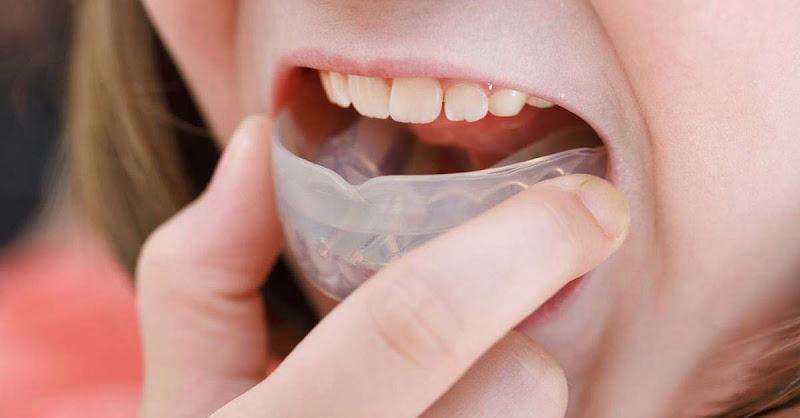Discover the intricate relationship between sleep apnea and oral health in this exploration of how these seemingly distinct domains intersect. Sleep apnea, a common sleep disorder characterized by interrupted breathing during sleep, goes beyond its immediate respiratory implications.
This article delves into the consequential effects on oral health, shedding light on the intricate connections between sleep patterns, oral anatomy, and overall well-being. From potential dental issues to the impact on temporomandibular joints, understanding the interplay between sleep apnea and oral health is crucial for a comprehensive approach to both conditions. Join us on this insightful journey to unveil the nuances of their dynamic interaction.
The Hidden Toll on Teeth and Gums
Sleep apnea, characterized by repetitive breathing interruptions, can diminish saliva production, creating an environment favorable to bacterial proliferation. This heightened bacterial activity becomes a significant factor in the development of tooth decay and gum disease. The decrease in saliva, which typically helps neutralize acids and maintain oral health, allows harmful bacteria to flourish. Recognizing and comprehending this concealed impact on oral well-being is imperative for developing effective strategies in preventing and managing associated dental issues, highlighting the intricate link between sleep apnea and oral health that requires attention for comprehensive care.
Jaws at Risk: Temporomandibular Joint Implications
Individuals with sleep apnea may face an increased risk of jaw misalignment and heightened stress on the temporomandibular joint (TMJ). This segment delves into the potential repercussions on jaw health, examining the intricate connection between sleep apnea and TMJ disorders. Insights are provided into understanding and effectively managing these implications, shedding light on the importance of addressing not only respiratory concerns but also their broader impact on oral and craniofacial well-being. This exploration emphasizes the interplay between sleep apnea and TMJ issues, urging a comprehensive approach to ensure optimal care for those affected.
Snoring, Grinding, and Dental Dilemmas
The tandem occurrence of snoring and teeth grinding in sleep apnea introduces extra complexities for oral health. This exploration delves into the dental predicaments stemming from these habits, elucidating their role in enamel erosion, cracked teeth, and various dental issues. Snoring and teeth grinding, often interconnected with sleep apnea, amplify the risk of structural damage to teeth. The persistent friction and pressure can lead to enamel wear and the potential for tooth fractures. Understanding the implications of these habits is crucial for comprehensive oral care, highlighting the need for proactive measures to mitigate the adverse effects on dental health.
Sleep Apnea’s Role in Periodontal Problems
Uncover the links between sleep apnea and periodontal problems, as the condition may exacerbate inflammation and compromise the integrity of gum tissues. This section explores how untreated sleep apnea can contribute to worsening periodontal health, emphasizing the need for comprehensive care.
Oral Health Solutions for Sleep Apnea Sufferers
This segment offers practical insights into managing and mitigating the oral health impact of sleep apnea. From customized oral appliances to hygiene practices, discover effective solutions that aim to alleviate dental challenges associated with sleep apnea and improve overall oral well-being.
In conclusion, recognizing the intricate connection between sleep apnea and oral health is imperative for holistic patient care. Addressing oral manifestations is pivotal in the comprehensive management of sleep apnea, emphasizing the need for collaboration between dental and sleep medicine professionals to enhance overall health outcomes.

